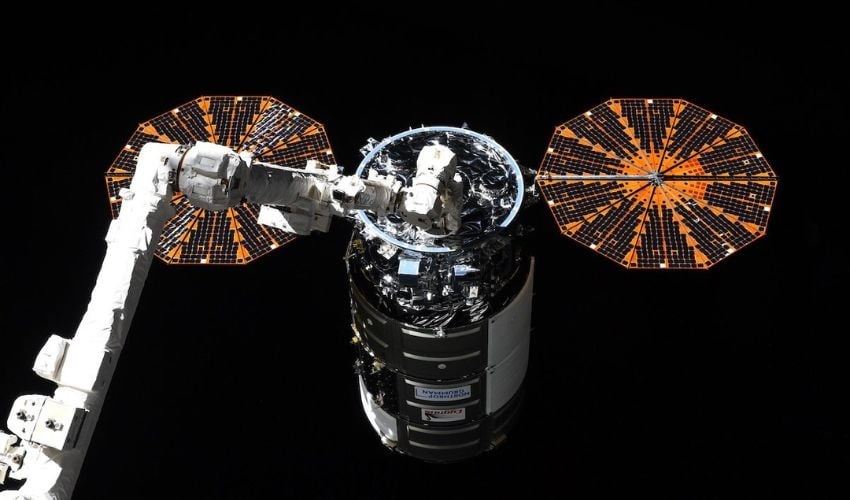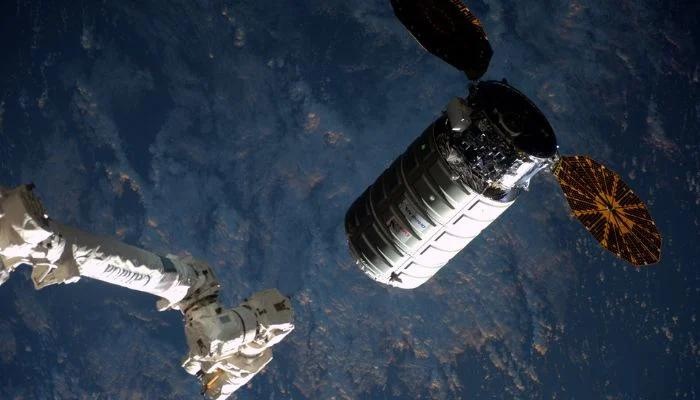NASA to Conduct 3D Printing Experiments Aboard the International Space Station

The realm of space exploration marks the early stages of humanity’s journey, with countless planets and galaxies awaiting discovery. Moreover, significant strides have been made in recent decades, driven by the discovery of innovative technologies. Additive manufacturing stands as a prime example, contributing to progress in space research. Illustrating this, the upcoming Cygnus cargo spacecraft mission will transport a 3D printer technology from the European Space Agency (ESA) to the International Space Station (ISS) in late January, heralding a pivotal study on 3D printing capabilities in space.
NASA, launching from Cape Canaveral Space Force Station in Florida, is set to propel Northrop Grumman’s Cygnus into space. Facilitating this journey is Northrop Grumman’s spacecraft aboard the Falcon 9, a rocket from Elon Musk’s company, SpaceX. The mission’s objective is to study 3D printing in space, with the International Space Station (ISS) serving as the platform for its development. This initiative is inspired by recent ESA research, which involved testing metal additive manufacturing in microgravity. ESA’s Rob Postema commented, “This research gives us an initial understanding of how such a printer will behave in space.”

3D printed parts in microgravity
One of the primary challenges encountered during extended human missions in space revolves around the complex and costly nature of resupply efforts. These missions require not only provisions like food but also essential parts and machinery. Should ESA’s research successfully demonstrate the ability to 3D print small metal parts on the ISS through the Cygnus’ onboard printer, the current issues of resupply could take a dramatic turn for the better.
The primary objectives of this research center are around testing the quality, durability, and characteristics of the printed parts. While the capability to print onboard the ISS exists, there remains uncertainty about whether the quality of the parts will match those produced on Earth. The potential benefits of this mission are multifaceted. Beyond the obvious advantages of saving time and money in preparing essential materials for the crew, a positive outcome could open avenues for printing parts needed for equipment maintenance, spare components, or tools that the crew may require in the future.

The Cygnus cargo ship in outer space.
While the prospect of 3D printing evolving into a reliable option for advancing space endeavors is intriguing, it currently appears somewhat hazy, adding an element of anticipation to its transformative potential in the realm of space exploration. However, these tests aboard the Cygnus cargo spacecraft will play a crucial role in unveiling some of its potential strengths and shedding light on its feasibility in the unique microgravity environment of space. To learn more about the precise objectives and tests of NASA’s Northrop Grumman Mission, click here.
Do you think 3D printing in space will be possible? Let us know in a comment below or on our LinkedIn, Facebook, and Twitter pages! Don’t forget to sign up for our free weekly newsletter here, the latest 3D printing news straight to your inbox! You can also find all our videos on our YouTube channel.
*All Photo Credits: European Space Agency






